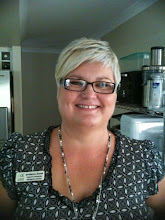Dementia is often thought of as a disease. It is in fact a symptom brought about by many different diseases which have associated dementias with different root causes. People affected by dementia experience changes to memory, personality, communication and activities of daily living. The department of health and Ageing in Australia states, It is estimated that around 250,0001 people in Australia have dementia. As Australia's population ages, more people will be affected by dementia. Alzheimer’s disease: By far the most common dementia causing disease, causes damage to the brain where neurons and transmitters degenerate and form plaques and tangles in the brain. This is a progressive disease meaning that it becomes worse over time.
Vascular Dementia: is the second most common cause of dementia. It affects the brain by causing little bleeds, as the blood vessels in the brain breakdown as a result of general cardio vascular disease.
Parkinson’s disease: is a disease of the central nervous system, which can affect the brain in approximately 20 % of people with Parkinson’s disease
Other diseases which may cause dementia are, dementia with lewy bodies (which causes a buildup of protein in the brain), Huntington’s disease, Cruetzfeld Jacob disease, alcohol related dementia and Pick’s disease. These diseases are less common than Alzheimer’s disease and Vascular dementia.
I will not go into the details of all these diseases in this post however you may wish to research these further yourself. I have included a link to Department of Health and Ageing Website (Australia) below. This site is a wealth of information for aged care students and older people themselves.
http://www.health.gov.au/internet/main/publishing.nsf/content/dementia-1

